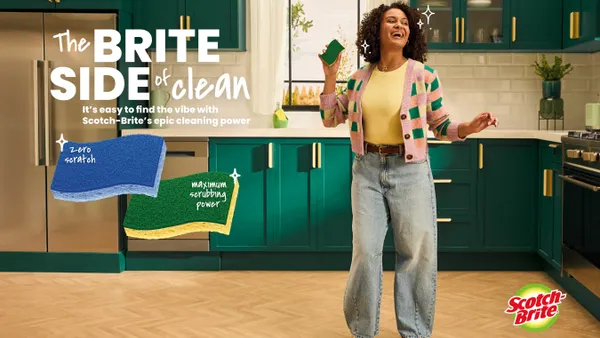Dive Brief:
- In April, MediaRadar reported a 5% drop in advertisers using YouTube — a decline spurred by concerns over brand safety on the Google-owned video platform. However, new findings from the ad sales intelligence firm provided to Marketing Dive suggest YouTube has soundly recovered, with a 50% increase in Google Preferred advertisers using the platform just a month later in May.
- Google had 508 brands in its top-tier Google Preferred program in May, up 134% from January's 217 brands, per MediaRadar. There were more Google Preferred advertisers in May and June than in any other month in 2017, the firm said, and brand trust in YouTube is growing, with the average number of channels where ads are run increasing at 9% per month and the average number of days advertisers run ads increasing at 10% per month since April.
- YouTube was described as "highly ethical and incredibly smart" by MediaRadar CEO Todd Krizelman in a statement, who pointed to the platform's expansion of premium content channels that allow it to position itself more directly against the "clean" content of scripted shows on broadcast TV. YouTube has also hired human screeners to directly review content, adding an additional layer to the brand safety net.
Dive Insight:
Big-name brands including Walmart and Procter & Gamble have remained firm in staying off of YouTube until it can provide more concrete brand safety assurances, but the new MediaRadar research suggests that even some of the top-spending advertisers in the world can't put a damper on what's otherwise been a remarkable recovery for Google's video platform. MediaRadar's report of a big bounce back is reflected in YouTube parent company Alphabet's recent Q2 earnings, which saw healthy ad revenue gains of $22 billion based on the strength of YouTube and also mobile search.
Alphabet doesn't break out results for YouTube individually in its earnings reports so exact contributions to the bottom line aren't known, but Alphabet execs specifically cited the platform as a key driver of revenue in a call with analysts. Last quarter, YouTube put a strong emphasis on YouTube TV, its answer to over-the-top streaming services and also "skinny bundle" packages from cable providers. The $35-per-month service, which comes with over 50 channels that fit into Krizelman's definition of "clean content," expanded to 10 more major U.S. markets late last month.
As marketers concerns over where their ads appear online grow along with skepticism toward the automated technologies that buy and place those ads, YouTube has attempted to reintroduce a human touch, staffing up on content reviewers. However, the platform is also now touting how its machine learning (ML) technologies are doing a better job of removing bad content like terrorism-related videos, according to Ad Age. The company noted that 75% of videos it cut for featuring violent extremism in the past month were caught by ML tools before humans could pick up on them, the publication said.














